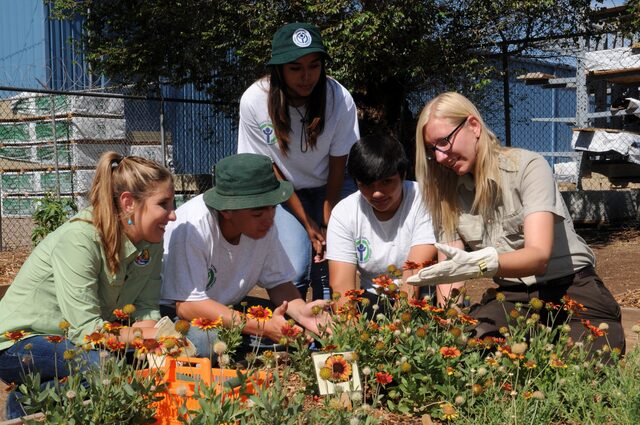Why Is Horticultural Therapy Good for Everyone?
You already know the answer. Being around plants makes people feel better! Plants are gentle and nonjudgmental, freely offering oxygen, shade, flowers, food, and the means to connect with nice people. When we’re with plants, we feel at home.
Scientifically Proven Benefits
Horticultural therapy has been used universally since ancient times. Researchers all over the world have amassed evidence that being around plants is healing. It’s only natural that horticulture integrated into senior therapy and rehabilitation is as health-giving as music and art. No longer limited to facilities, it has become increasingly popular for people in all kinds of communities.
To dig a little deeper (pun intended), the act of cultivating plants is good for people, regardless of age or ability. Here are some of the many proven benefits:
- Improving cognitive skills such as memory, concentration, and following directions
- Giving sensory stimulation through all seasons of the year
- Encouraging physical activity and improving balance, coordination, strength, and stamina
- Allowing emotional healing by providing a distraction from stress and anxiety, generating interest in looking forward to the future, and improving self-esteem
- Promoting social interaction
- Connecting with nature
What other benefits have you experienced?
What Horticultural Therapists Do
Evidence-based activities for seniors are structured with the assistance of a registered Horticultural Therapist who has been trained, tested, and certified by a professional specialty organization. HTRs, as they are called, are knowledgeable about a variety of plants and their needs, but also possess the skills to develop a pleasing environment free from danger and designed to meet the needs of the population served.
Behind the scenes, all disciplines of the rehab team work together to design care plans with specific treatment goals individualized for each person.
Therapy Outside
Outdoor gardens feature shaded spots, benches, smooth pathways, and space for wheelchairs. Horticultural therapists ensure that garden elements are curated to be universally accessible as well as safe for anyone to touch, smell, or even accidentally eat. The garden selections are meant to grow and thrive while demanding minimal staff time and energy.
Therapy Inside
Indoors, movable carts with adjustable heights and plant lights can be used during scheduled programming in activity rooms or other shared spaces with a group. The carts can also be brought to the bedside for one-on-one therapy.
Nobody Gets Left Out
Everyone can enjoy horticulture, whether actively or passively. Some participants enjoy sowing seeds and caring for cuttings. Many like the feeling of being needed on the job, so they readily assume the responsibilities of watering and weeding. Others prefer reminiscing, taking a passive physical role although actively involved emotionally. Some horticultural therapists make a point of planting heirloom varieties of plants familiar to many senior citizens.
You remember how much fun it was to play in the dirt. To learn more, talk to a Horticultural Therapist!


